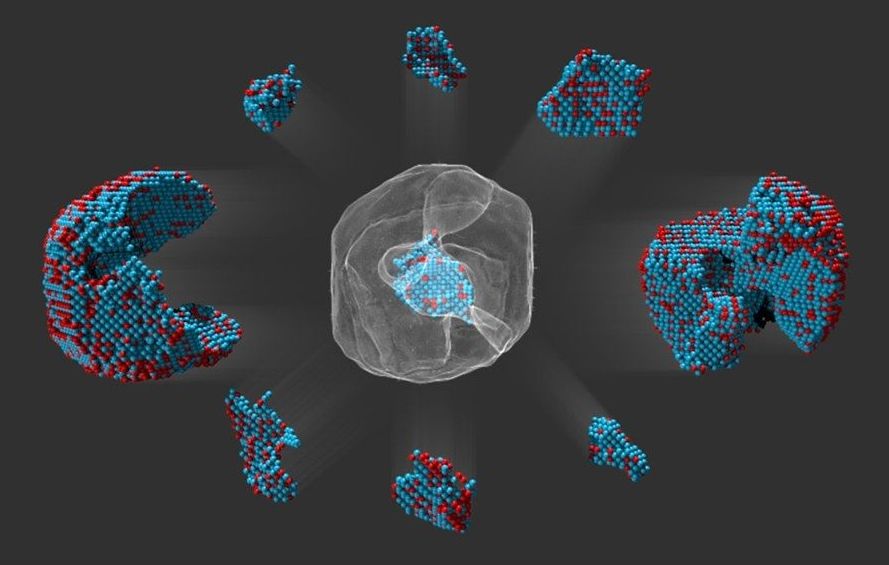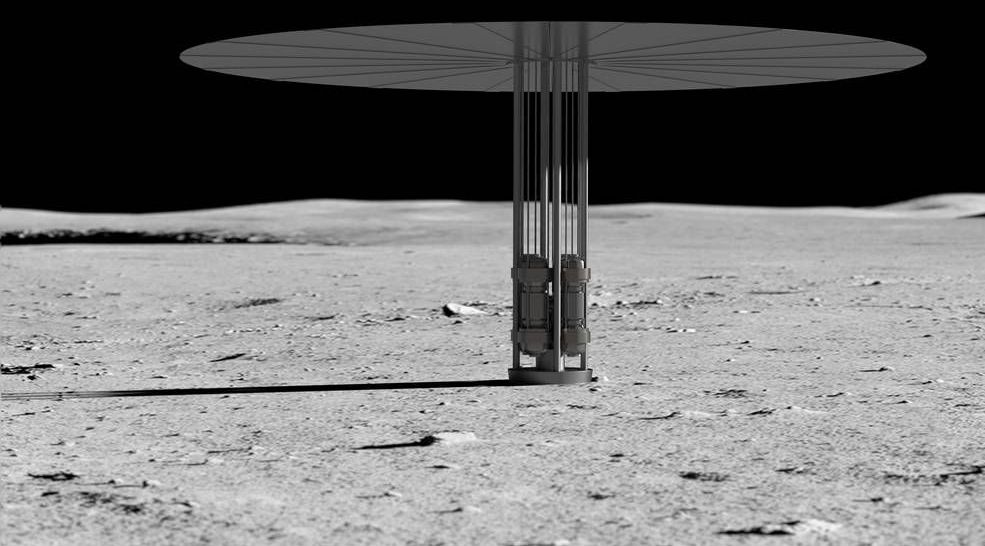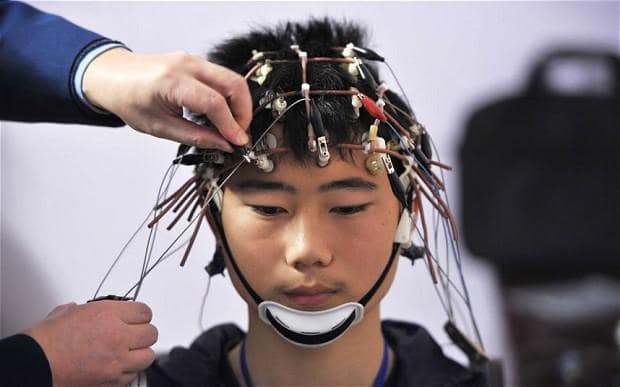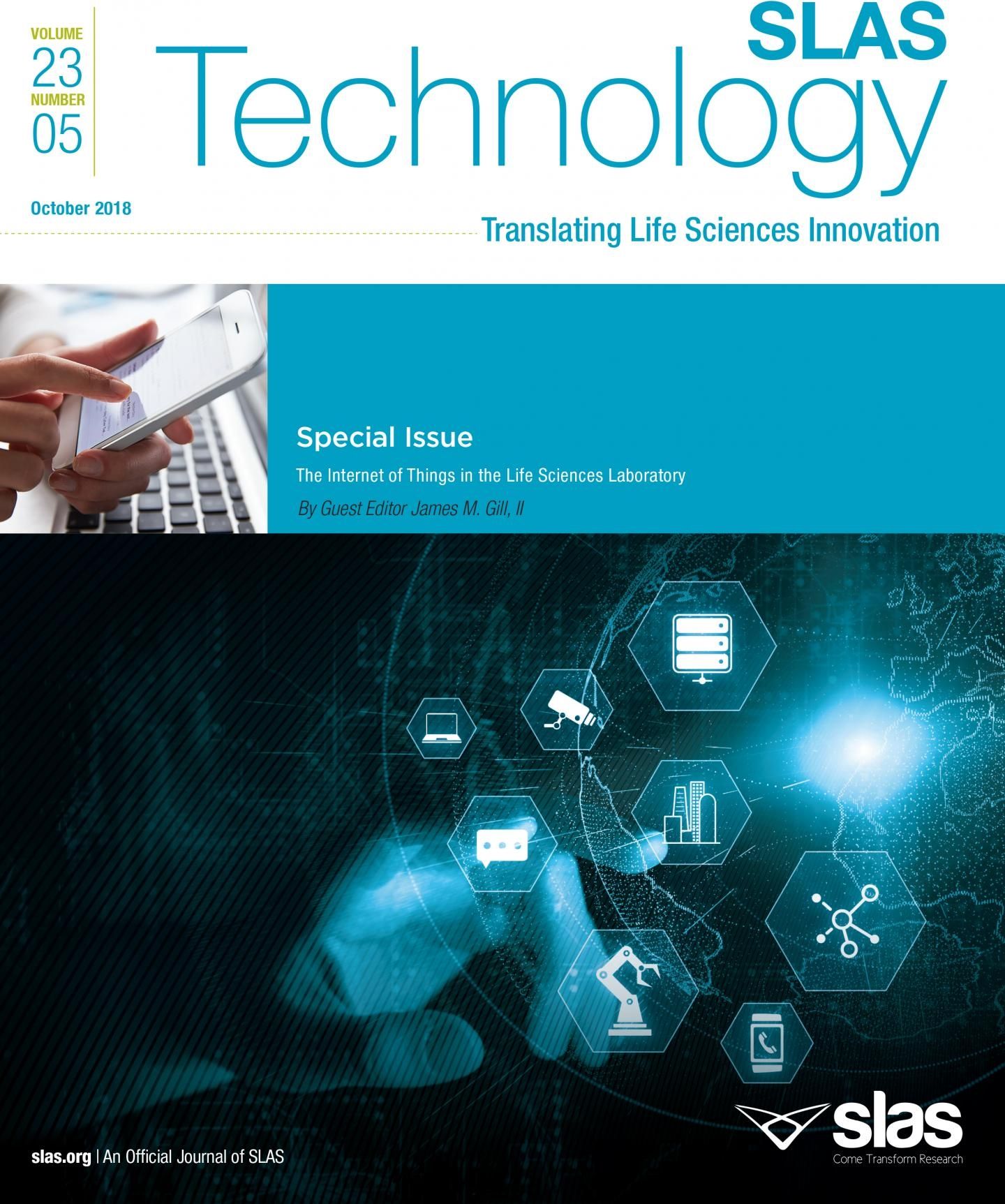Page 8560
Sep 21, 2018
New Microscope Shows the Quantum World in Crazy Detail
Posted by Genevieve Klien in categories: biotech/medical, quantum physics
The transmission electron microscope was designed to break records. Using its beam of electrons, scientists have glimpsed many types of viruses for the first time. They’ve used it to study parts of biological cells like ribosomes and mitochondria. You can see individual atoms with it.
But experts have recently unlocked new potential for the machine. “It’s been a very dramatic and sudden shift,” says physicist David Muller of Cornell University. “It was a little bit like everyone was flying biplanes, and all of a sudden, here’s a jetliner.”
You’ve read your last complimentary article this month. To read the full article, SUBSCRIBE NOW. If you’re already a subscriber, please sign in and and verify your subscription.
Continue reading “New Microscope Shows the Quantum World in Crazy Detail” »
Sep 21, 2018
ZipStitch Is a New Way to Close Wounds When You’re Out There and Can’t Get to Help
Posted by Mary Jain in category: biotech/medical
Sep 21, 2018
This New Space Tech Could Someday Replace A/C
Posted by Bill Kemp in categories: business, energy, space
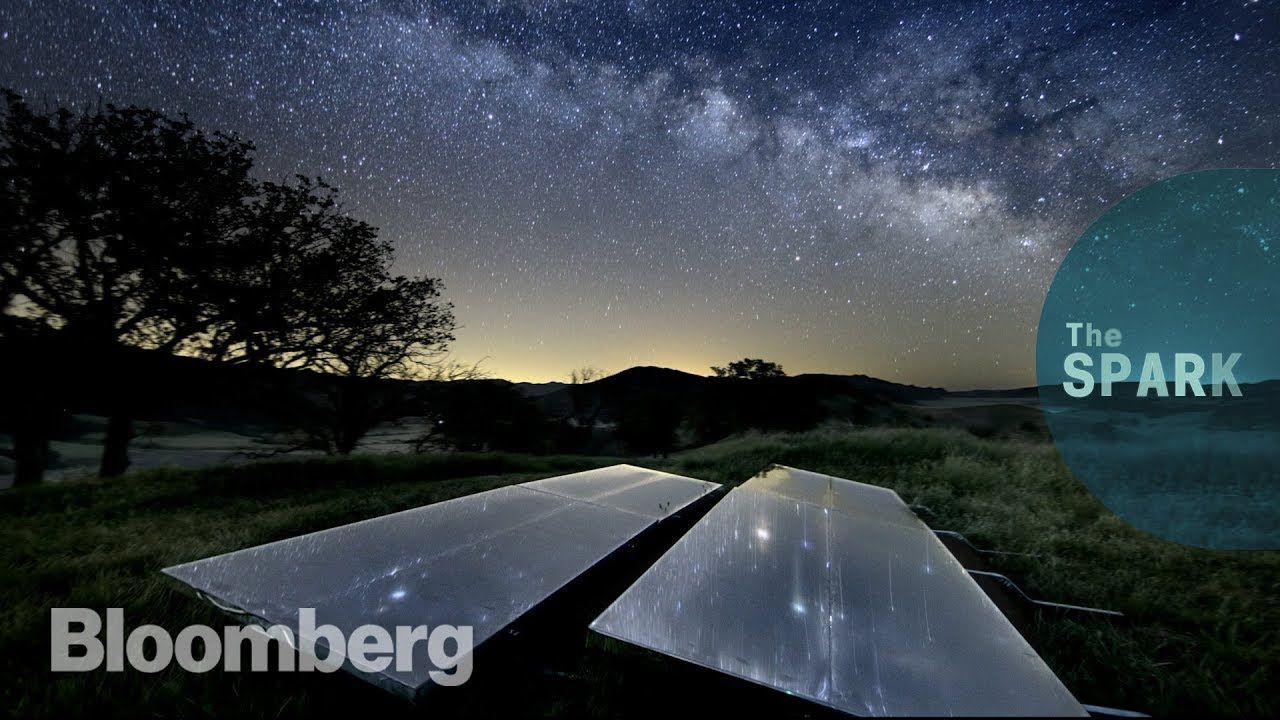
The United States uses more energy for HVAC than Africa uses for all of their energy needs.
The starry night sky seems remarkably distant from the topic of air conditioning, but it’s revolutionizing the field in quite an unexpected way. In this episode of “The Spark,” watch how scientists from across the globe are harnessing natural phenomena to drastically redesign this century-old technology.
Continue reading “This New Space Tech Could Someday Replace A/C” »
Sep 21, 2018
NASA targets next-gen nuclear reactors for spacecraft, space colonies
Posted by Sidney Clouston in categories: nuclear energy, space travel
A new nuclear fission project, called Kilopower, could fuel the future of spaceflight, manifesting a dream that’s been around since the beginning of the Space Age.
Sep 21, 2018
Scientists receive $1.3 million to study new propulsion idea for spacecraft
Posted by Klaus Baldauf in categories: energy, satellites

Spacecraft and satellites could in future be launched into space without the need for fuel, thanks to a revolutionary new theory.
Dr Mike McCulloch, from the University of Plymouth, first put forward the idea of quantised inertia (QI) – through which he believes light can be converted into thrust – in 2007.
Continue reading “Scientists receive $1.3 million to study new propulsion idea for spacecraft” »
Sep 21, 2018
Scientists discover how to ‘upload knowledge to your brain’
Posted by TJ Wass in category: neuroscience
Feeding knowledge directly into your brain, just like in sci-fi classic The Matrix, could soon take as much effort as falling asleep, scientists believe.
Researchers claim to have developed a simulator which can feed information directly into a person’s brain and teach them new skills in a shorter amount of time, comparing it to “life imitating art”.
They believe it could be the first steps in developing advanced software that will make Matrix-style instant learning a reality.
Continue reading “Scientists discover how to ‘upload knowledge to your brain’” »
Sep 21, 2018
Hoover gives hope for novel nanomedicine cancer treatment
Posted by Genevieve Klien in categories: biotech/medical, health
A ten-year-old beagle with prostate cancer is helping researchers at The University of Queensland use nanomedicines to accurately diagnose and target the disease.
Hoover is the first patient in the world to receive the nanomedicine, which the research team hopes will help track and treat his cancer, and lead to better treatment for people with the same disease.
Nanomedicine is the science of developing tiny particles for applications in health — in this case therapeutics to specifically target a protein found in prostate cancer.
Continue reading “Hoover gives hope for novel nanomedicine cancer treatment” »
Sep 21, 2018
Advancing life sciences research with the internet of things
Posted by Genevieve Klien in category: internet
IMAGE: The internet of things (IoT) is allowing scientists to optimize laboratory operations and combine instruments to measure and respond to complex experimental conditions. As a result, IoT is enabling more… view more
Credit: SLAS Technology
Sep 21, 2018
New observations to understand the phase transition in quantum chromodynamics
Posted by Genevieve Klien in categories: cosmology, particle physics, quantum physics
The building blocks of matter in our universe were formed in the first 10 microseconds of its existence, according to the currently accepted scientific picture. After the Big Bang about 13.7 billion years ago, matter consisted mainly of quarks and gluons, two types of elementary particles whose interactions are governed by quantum chromodynamics (QCD), the theory of strong interaction. In the early universe, these particles moved nearly freely in a quark-gluon plasma. Then, in a phase transition, they combined and formed hadrons, among them the building blocks of atomic nuclei, protons and neutrons.
In the current issue of Nature, an international team of scientists has presented an analysis of a series of experiments at major particle accelerators that sheds light on the nature of this transition. The scientists determined with precision the transition temperature and obtained new insights into the mechanism of cooling and freeze-out of the quark-gluon plasma into the current constituents of matter such as protons, neutrons and atomic nuclei. The team of researchers consists of scientists from the GSI Helmholtzzentrum für Schwerionenforschung in Darmstadt, and from the universities of Heidelberg and Münster (Germany), and Wroclaw (Poland).
A central result: The record-breaking high-energy experiments with the ALICE detector at the Large Hadron Collider (LHC) at the research center CERN produced matter in which particles and antiparticles coexisted in equal amounts, similar to the conditions in the early universe. The team has confirmed via analysis of the experimental data theoretical predictions that the phase transition between quark-gluon plasma and hadronic matter takes place at the temperature of 156 MeV, 120,000 times higher than that in the interior of the sun.
Continue reading “New observations to understand the phase transition in quantum chromodynamics” »

